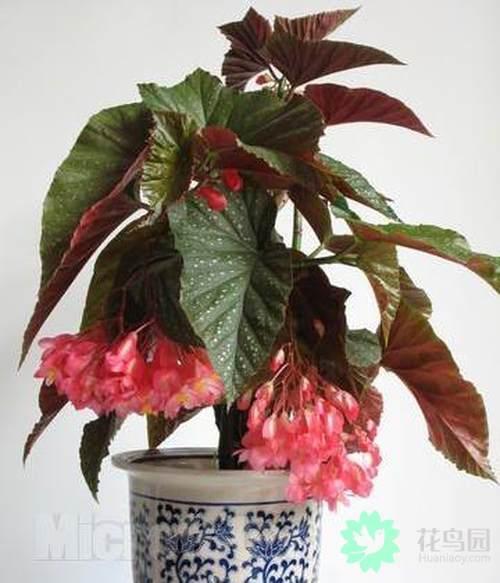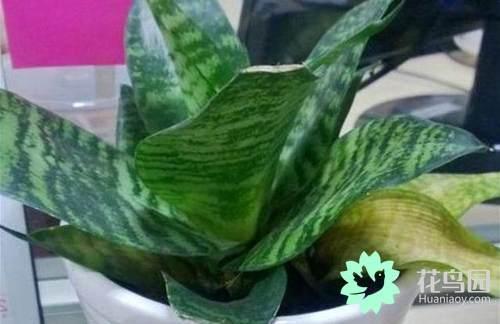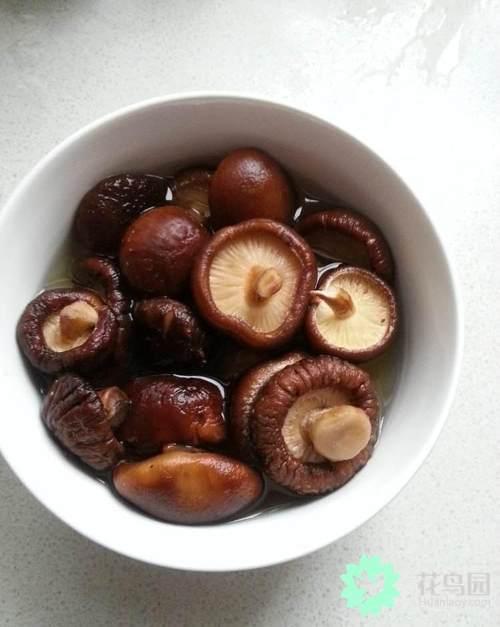Planting method of potted bamboo crabapple

Begonia has excellent ornamental value, is an excellent potted flower to beautify the indoor home environment, not only flowers bloom in clusters, but also flowers and leaves can be beautiful, flowering long. Not only that, but its planting management method is also very simple, you can use the method of first hydroponics and then potted planting, and then according to the maintenance management method of Begonia can be carried out.
Begonia can be planted in the ground, but also can be skillfully used to make potted plants. Planting time before germination in early spring or after defoliation in winter is the best, and then maintaining the integrity of the roots of seedlings is one of the key elements of successful planting. Usually planting piles should bring soil balls, and after cultivation, cultivation and maintenance management should be carried out. So, how do you grow a potted plant of Begonia? The following small series introduces you to the planting method of Begonia.
1. Reproduction
Malus baccata usually uses the method of hardwood cuttings for reproduction, usually in summer cut flowers and robust hardwood, every 3-4 nodes for a section, and then inserted into sandy soil can be. Of course, after watering moisture and temperature control management, about 15 days can take root on the pot. Of course, it can also be cultured first and then transplanted into flower pots.
2. Soil mixing
Potted Begonia requires loose and fertile soil, which can be selected from slightly acidic and well-drained sandy soil with pH between 6.5 and 7.5. Humus soil + waste mushroom culture medium residue + river sand + plant ash + bone meal should be used after uniform combination of culture soil.
3. Upper basin
The upper pot of Begonia fruticosa should be selected in a cool cloudy day, and the root system needs to be treated before the upper pot. After the rotten roots or weak roots are treated, pots of appropriate size are selected for potting. When placing in the pot, sprinkle some soil at the bottom, spread the roots evenly, and then fill slowly. After the pot, the potted plant will be placed in a cool, humid, sheltered place, the next day and then poured a permeable water.
4. Maintenance
In the maintenance process, potted Begonia should avoid strong light irradiation, can accept some astigmatism; growth period to often water but not too much, otherwise easy to cause root rot death, and summer in order to keep moisture but also appropriate to leaf surface and ground spray water; In addition to the growth season to apply a thin fertilizer once a week, bud stage should also be appropriate fertilizer, mainly phosphorus and potassium fertilizer; In order to maintain the plant shape and more flowers, but also appropriate pruning short, in addition to cutting off the residual flowers and flowering branches, but also according to the shape of the pruning sick weak branches and too long branches unfavorable to the shape.
5. Diseases and pests
Begonia pubescens is prone to diseases and insect pests in summer. In addition to strengthening ventilation and light transmission, pesticides and fungicides should be sprayed, such as sweeping mite net, carbendazim and other drugs. For the phenomenon of scale insects on plants, artificial methods can be used to eliminate them.
- Prev

If we want to make the tiger skin orchid grow more luxuriantly, we should pay attention to these points when planting.
Many people will choose to plant some green potted plants at home. Of course, tiger skin orchid is now a very popular one, tiger skin orchid is a perennial evergreen herb. He said that if the viewing effect is strong, it can also absorb our room.
- Next

Do you use cold water or hot water to soak and dry shiitake mushrooms?
Dried Lentinus edodes is made by drying or drying Lentinus edodes. Dried Lentinus edodes has been preserved for a long time, so many people will make it dry with endless fresh mushrooms. Dried mushrooms are very delicious for stir-frying, stewing and cooking, and the taste will be more delicious.
Related
- Wuhan Hospital Iron Tree Blooming Result Was Instantly Frightened by the Gardener Master
- Which variety of camellia is the most fragrant and best? Which one do you like best?
- What is the small blue coat, the breeding methods and matters needing attention of the succulent plant
- Dormancy time and maintenance management of succulent plants during dormancy
- Minas succulent how to raise, Minas succulent plant pictures
- What are the varieties of winter succulent plants
- How to raise succulent plants in twelve rolls? let's take a look at some experience of breeding twelve rolls.
- Attention should be paid to water control for succulent plants during dormant period (winter and summer)
- Watering experience of twelve rolls of succulent plants
- Techniques for fertilizing succulent plants. An article will let you know how to fertilize succulent plants.

